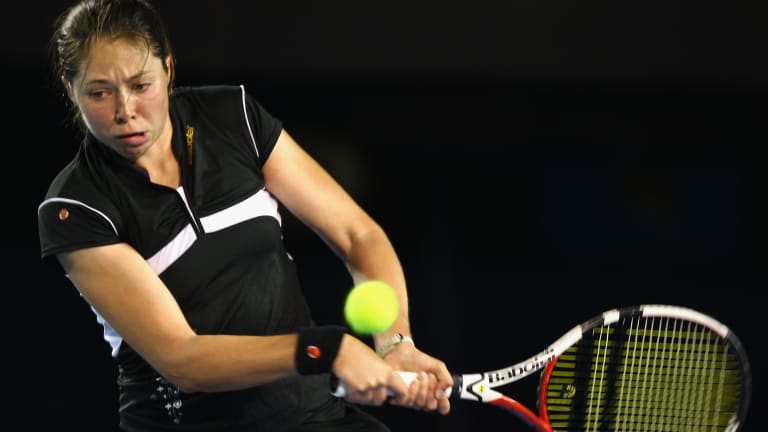Tennis.com Interview
From player to tournament director, Valérie Tétreault welcomes path to equal prize money in Montréal
By Jun 28, 2023Tennis.com Interview
Danielle Collins launches iconic richsport merch collab
By Mar 07, 2025Tennis.com Interview
Zizou Bergs: From TikTok to Top 50 in Indian Wells?
By Mar 06, 2025Tennis.com Interview
Can Clara Tauson take “inspired” tennis to Indian Wells?
By Mar 05, 2025Tennis.com Interview
Anastasia Potapova: living single ahead of Indian Wells
By Mar 04, 2025Tennis.com Interview
Who is McCartney Kessler? U.S. college star one to watch in Indian Wells
By Mar 03, 2025Tennis.com Interview
What makes Mirra Andreeva so special?
By Mar 02, 2025Tennis.com Interview
Rodrigo Pacheco Mendez: inspired by Nadal, dreams of facing Sinner, Mexico's tennis answer?
By Feb 26, 2025Tennis.com Interview
Fly, TP, fly: Tommy Paul unlocks happy medium of taking the job seriously and having fun
By Feb 24, 2025Tennis.com Interview
Two Minutes with Mirra Andreeva, tennis’ new teen queen
By Feb 23, 2025Tennis.com Interview
From player to tournament director, Valérie Tétreault welcomes path to equal prize money in Montréal
Tétreault is set to become the first woman at the helm of the Omnium Banque Nationale and reflected on the sweeping changes to circuit structure revealed by the WTA on Monday.
Published Jun 28, 2023
Advertising
Advertising

Tétreault played her last match in 2011, and still wonders whether equal prize money could have extended her career.
© 2010 Getty Images